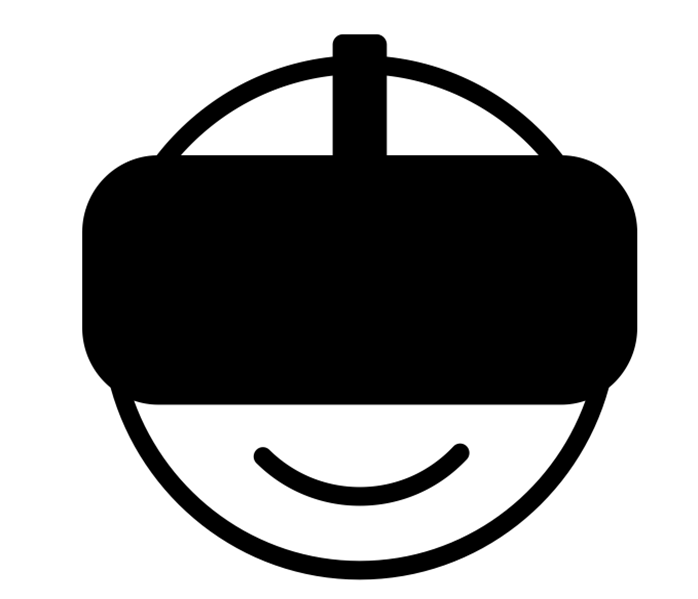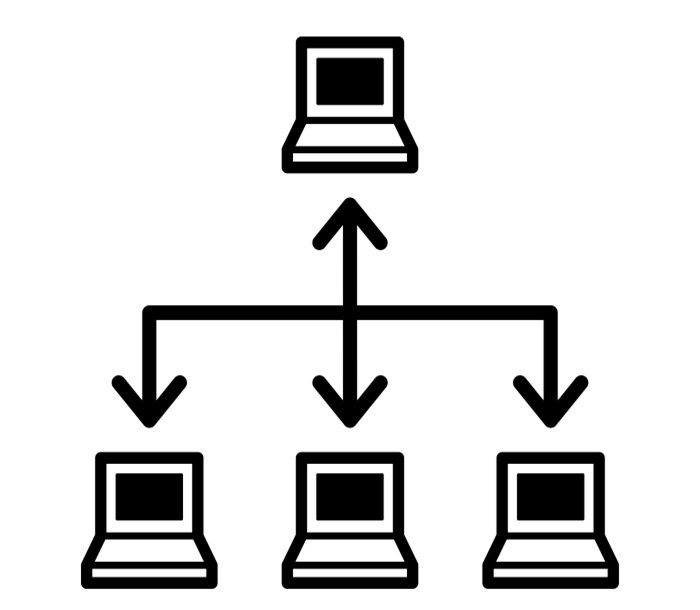Associate professor
Southeast University
I am an associate professor at Southeast University. Prior to my current position, I graduated from joint PhD program of ETH Zürich and Disney Research Zürich. Born in China yet has lived in three continents (Asia , Europe and North America) , I see myself as a global citizen. My parents named me Hán tāo 涵韬, meaning hidden wisdom in Mandarin, which made me fated to be fascinated by everything subtle and intelligent. The goal of my life is to become a bridge builder between human and technology.
Southeast University
ETH Zürich
Disney Research Studio
ETH Zürich
My research interests broadly cover the fields of artificial intelligence, machine learning, virtual reality, data science, cognitive science, crowd behavior, and human-computer interaction. My current research focuses on utilizing machine learning in virtual environments for better crowd management and forecasting. I develop crowd simulations and psychological experiments by using tools such as the Unity game engine, head-mounted displays Oculus, and Amazon Mechanical Turk in order to have a better understanding of how people perceive information from the world and how can we improve their experiences by predicting their behaviors.

This project aims to replicate the disaster in order to manage crowds in a virtual environment. Once the simulated crowd was sufficiently similar to the real crowd, empirical studies were executed to verify the simulation results. A state of the art Virtual Reality(VR) device is used to generate an immersive experience of critical parts of that event. The observation of participants’ emotional arousals and stress levels would help decision makers to better understand crowd management strategies. In the end we verified the hypothesis that better crowd management strategy can help to reduce the stress level from a first person perspective simulation. Using a simulation tool based on the Social Force Model and Unity game engine, we provided a sophisticated framework to examine crowd management strategies.

This project studies the use Virtual Reality to help scientist to research on indoor scenarios that are hard to replicate during physical experiment, such as fire evacuation. We use the virtual model of the Cooper Hewitt Museum as a case study and there are a variety of successful projects related to evidence based design (e.g., crowding/movement efficiency, design/sign placement) having been generated in the Chair of Cognitive Science. Currently, this specific project investigates the advantages of adaptive over non-adaptive signs during emergency fire evacuation in the museum. This project uses modern gaming technology to simulate a fire scenario and evaluate the benefits of dynamic guidance systems. This project also uses state of the art physiological monitoring in order to capture the participants level of stress while evacuating the building (under different conditions).

Virtual reality techniques are increasingly being employed to investigate human behavior and cognition in complex environments. A relatively new field is the application of virtual reality techniques to experimental investigations of locomotion and spatial decision-making with large groups of navigators as well as dense crowds. A primary aim of this approach is to understand the cognitive and behavioral processes leading to congestion and other group-level dynamics of emergency situations such as panic during an evacuation. This project investigates social wayfinding using the Decision Sciences Laboratory (DeSciL) at ETH and Amazon Mechanical Turk. This research will enable us to determine the impact of crowd characteristics and social cues on individuals’ wayfinding decisions.

In spatial cognitive science, researchers have been using the term cognitive maps to refer to the mental representation of large-scale environments and the location of an individual within those environments. This concept has been widely used without a formal definition. The aim of the project is to provide a computational framework for cognitive maps that distinguishes between different aspects of cognitive maps (i.e., reference frame, scale, metric, level of abstraction) without having to complicate the experimental design. This framework will consist of computational models that are relatively easy to evaluate quantitatively. The proposed model will be built on a existed one from general cognition literature (e.g., Gen- eralized Context Model) and verified with a training procedure from real experimental data using machine learning algorithms.
Dense crowds in public spaces have often caused serious security issues at large events. In this paper, we study the 2010 Love Parade disaster, for which a large amount of data (e.g. research papers, professional reports and video footage) exist. We reproduce the Love Parade disaster in a three-dimensional computer simulation calibrated with data from the actual event and using the social force model for pedestrian behaviour. Moreover, we simulate several crowd management strategies and investigate their ability to prevent the disaster. We evaluate these strategies in virtual reality (VR) by measuring the response and arousal of participants while experiencing the simulated event from a festival attendee’s perspective. Overall, we find that opening an additional exit and removing the police cordons could have significantly reduced the number of casualties. We also find that this strategy affects the physiological responses of the participants in VR.
A carefully designed map can reduce pedestrians’ cognitive load during wayfinding and may be an especially useful navigation aid in crowded public environments. In the present paper, we report three studies that investigated the effects of map complexity and crowd movement on wayfinding time, accuracy and hesitation using both online and laboratory-based networked virtual reality (VR) platforms. In the online study, we found that simple map designs led to shorter decision times and higher accuracy compared to complex map designs. In the networked VR set-up, we found that co-present participants made very few errors. In the final VR study, we replayed the traces of participants’ avatars from the second study so that they indicated a different direction than the maps. In this scenario, we found an interaction between map design and crowd movement in terms of decision time and the distributions of locations at which participants hesitated. Together, these findings can help the designers of maps for public spaces account for the movements of real crowds.
Investigating the interactions among multiple participants is a challenge for researchers from various disciplines, including the decision sciences and spatial cognition. With a local area network and dedicated software platform, experimenters can efficiently monitor the behavior of the participants that are simultaneously immersed in a desktop virtual environment and digitalize the collected data. These capabilities allow for experimental designs in spatial cognition and navigation research that would be difficult (if not impossible) to conduct in the real world. Possible experimental variations include stress during an evacuation, cooperative and competitive search tasks, and other contextual factors that may influence emergent crowd behavior. However, such a laboratory requires maintenance and strict protocols for data collection in a controlled setting. While the external validity of laboratory studies with human participants is sometimes questioned, a number of recent papers suggest that the correspondence between real and virtual environments may be sufficient for studying social behavior in terms of trajectories, hesitations, and spatial decisions. In this article, we describe a method for conducting experiments on decision-making and navigation with up to 36 participants in a networked desktop virtual reality setup (i.e., the Decision Science Laboratory or DeSciL). This experiment protocol can be adapted and applied by other researchers in order to set up a networked desktop virtual reality laboratory.
Virtual reality (VR) experiments are increasingly employed because of their internal and external validity compared to real-world observation and laboratory experiments, respectively. VR is especially useful for geographic visualizations and investigations of spatial behavior. In spatial behavior research, VR provides a platform for studying the relationship between navigation and physiological measures (e.g., skin conductance, heart rate, blood pressure). Specifically, physiological measures allow researchers to address novel questions and constrain previous theories of spatial abilities, strategies, and performance. For example, individual differences in navigation performance may be explained by the extent to which changes in arousal mediate the effects of task difficulty. However, the complexities in the design and implementation of VR experiments can distract experimenters from their primary research goals and introduce irregularities in data collection and analysis. To address these challenges, the Experiments in Virtual Environments (EVE) framework includes standardized modules such as participant training with the control interface, data collection using questionnaires, the synchronization of physiological measurements, and data storage. EVE also provides the necessary infrastructure for data management, visualization, and evaluation. The present paper describes a protocol that employs the EVE framework to conduct navigation experiments in VR with physiological sensors. The protocol lists the steps necessary for recruiting participants, attaching the physiological sensors, administering the experiment using EVE, and assessing the collected data with EVE evaluation tools. Overall, this protocol will facilitate future research by streamlining the design and implementation of VR experiments with physiological sensors.
Southeast University
Southeast University
ETH Zürich